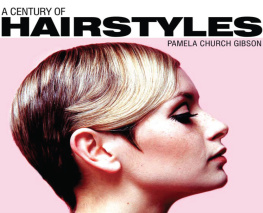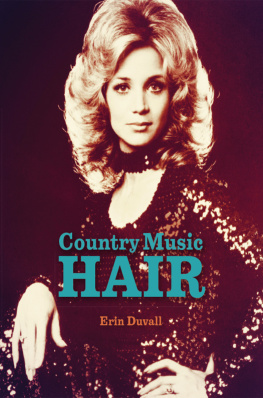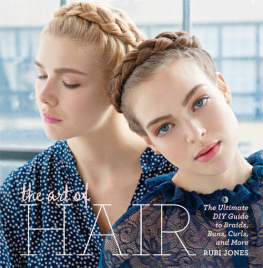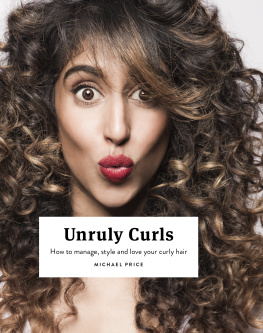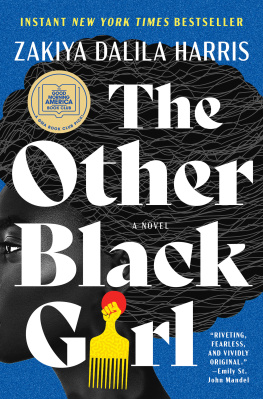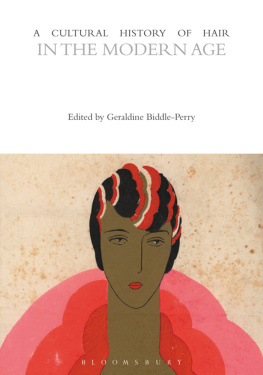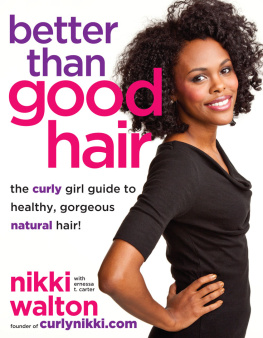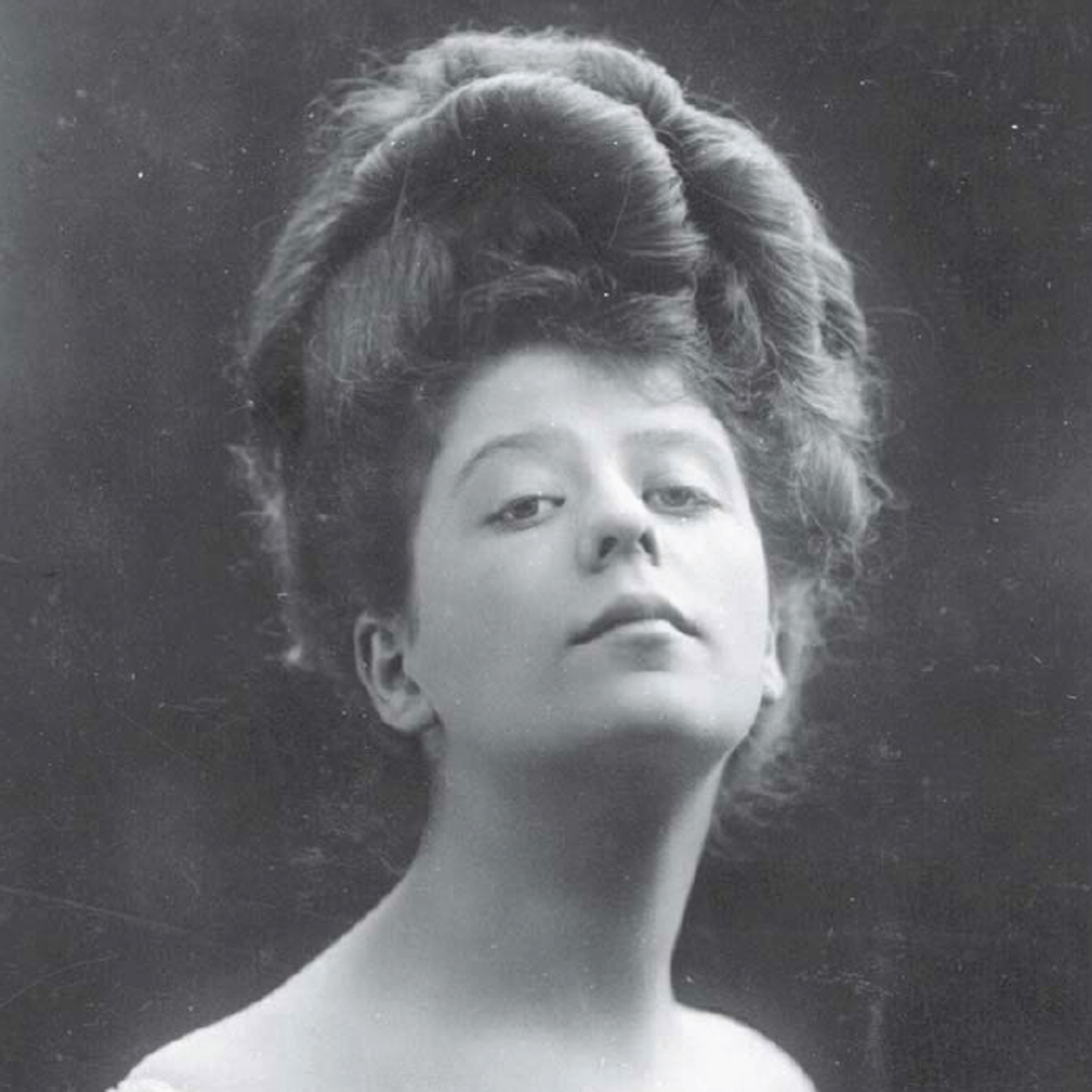A CENTURY OF
HAIRSTYLES
PAMELA CHURCH GIBSON
CONTENTS
INTRODUCTION
Changing our hairstyle is the simplest and most effective way to transform our appearance and we take for granted the fact that we can cut, colour or curl our hair as and when we want. A hundred years ago, however, all respectable women wore their long hair pinned up. To venture outside the home with hair hanging loosely over their shoulders would have been very shocking and suggestive of loose morals. And hair dye, like make-up, was still more disreputable; both were used only by actresses and courtesans. Most men wore their hair short and neat, for fashion was in those days regarded as female territory. The Victorian dandies, of course, had their long locks but from the turn of the century onwards, longer hair for men was for many years seen as a sign of artistic leanings.
The twentieth century would change all these fixed ideas. Young men would start to enjoy and to follow fashion; across the decades they would grow their hair long or shave it close to the scalp, bleach or colour it, even perm it. Women, by contrast, cut their hair short when society changed radically, during and after the First World War, and they gradually acquired new freedoms. As the century unfolded, they began to copy the hairstyles of women in the public eye. The cinema, then in its infancy, offered ordinary working women a chance to see fashionable clothes, worn by the Hollywood stars they came to admire. They might not be able to afford the extravagant gowns they saw on screen, but hairstyles were easy to copy as was make-up. Worn by all actors and actresses in the days of silent film, it was soon on sale everywhere.
The new century saw technical innovations in the sphere of hairdressing; new ways of curling and colouring the hair were introduced. Later in the century the small screen would offer other styles to emulate. And of course there have always been singers, dancers, and society beauties the celebrity culture of today is not entirely new. The dominant celebrity hairstyle of today for women is hair worn long and loose short hair is now the exception. Yet we can reflect that in the 1960s, just as long hair was becoming ubiquitous, one of the most iconic of all styles appeared. Our cover image is a late example of this clean, short but feminine cut. Model Twiggys haircut was created by top London stylist Leonard in 1967. Just a year previously her career was launched when he cropped her hair at the behest of her boyfriend and manager Justin de Villeneuve. She was then made the subject of a feature in the Daily Mail newspaper and the bookings began. Here, a year later, Leonard has modified his original cut with a couple of nods to the past. The waved sides recall the kiss curls of the Twenties, while at the nape of her neck we see what is surely a reference to the ducks arse of the Fifties. Retro styling is not new and the fashions of today can always be overturned or refreshed.
The following pages show the reader snapshots of the tremendous variety of different hairstyles over the last century, many of them iconic both in their day and beyond. As attitudes have changed so have hairstyles; now variety seems here to stay, with everyone from the rich and famous to the average underpaid citizen able to experiment with new styles as well as stick with old favourites. But celebrity culture has recently imposed a worrying new uniformity long, glossy manes are seemingly everywhere in the public eye. Hopefully vibrant self-expression will never be swept aside or buried beneath Dynel extensions.
Camille Clifford, Gibson Girl
circa 1905
This Edwardian Pompadour style, shown off here by stage star and pin-up girl Camille Clifford, gives an idea of the high-maintenance fashions of the era. The ministrations of a maid were essential in order to dress this hair, just as they were needed to help fashionable women into the many complex layers of clothing that constituted their toilette. Endless pins not to mention carefully concealed pads were used in the construction of this high-piled hairdo. This style was, in fact, a clear display of class and status.
The image also shows us clearly how the recognised beauties of the time can seem to a modern eye mature and even matronly. Camille Clifford was in her twenties when she posed for this photograph and had won a competition to find a living version of the Gibson Girls seen in contemporary illustrations. These imaginary women, created in line drawings by the American Charles Dana Gibson, dominated the illustrated papers and magazines of the time. But if Edwardian fashions were often a display of wealth and sophisticated elegance, the events of the next decade would see this put aside in favour of a focus on youth.
Irene Castle and the Bob
circa 191015
Short hair and the fringed bob haircut still popular today is usually thought to have become fashionable in the 1920s along with short skirts, fringed dresses and the Charleston. However, its origins are in the Edwardian era of elaborately styled hair. Eve Lavallire was the most popular actress in Paris celebrity endorsement is not new and she lent her name to scents, soaps and shampoos. In 1909, the top Parisian hairdresser Antoine (aka Antoine de Paris) cut her hair short for a particular role in which it was important that she look younger than her years. Four years later, on the brink of the First World War, the American ballroom dancer Irene Castle, seen here pictured with her pet monkey Rastus, cut her hair short because it was more practical for dancing, particularly for the tango, which she popularised. It is rumoured that she cut her hair herself, and women on both sides of the Atlantic would do the same during the war years when they went out to work, many for the first time. During those years, women worked on the land and in munitions factories to aid the war effort; most enjoyed this taste of social and economic independence. Short hair was an integral part of these new freedoms and would dominate the next decade.
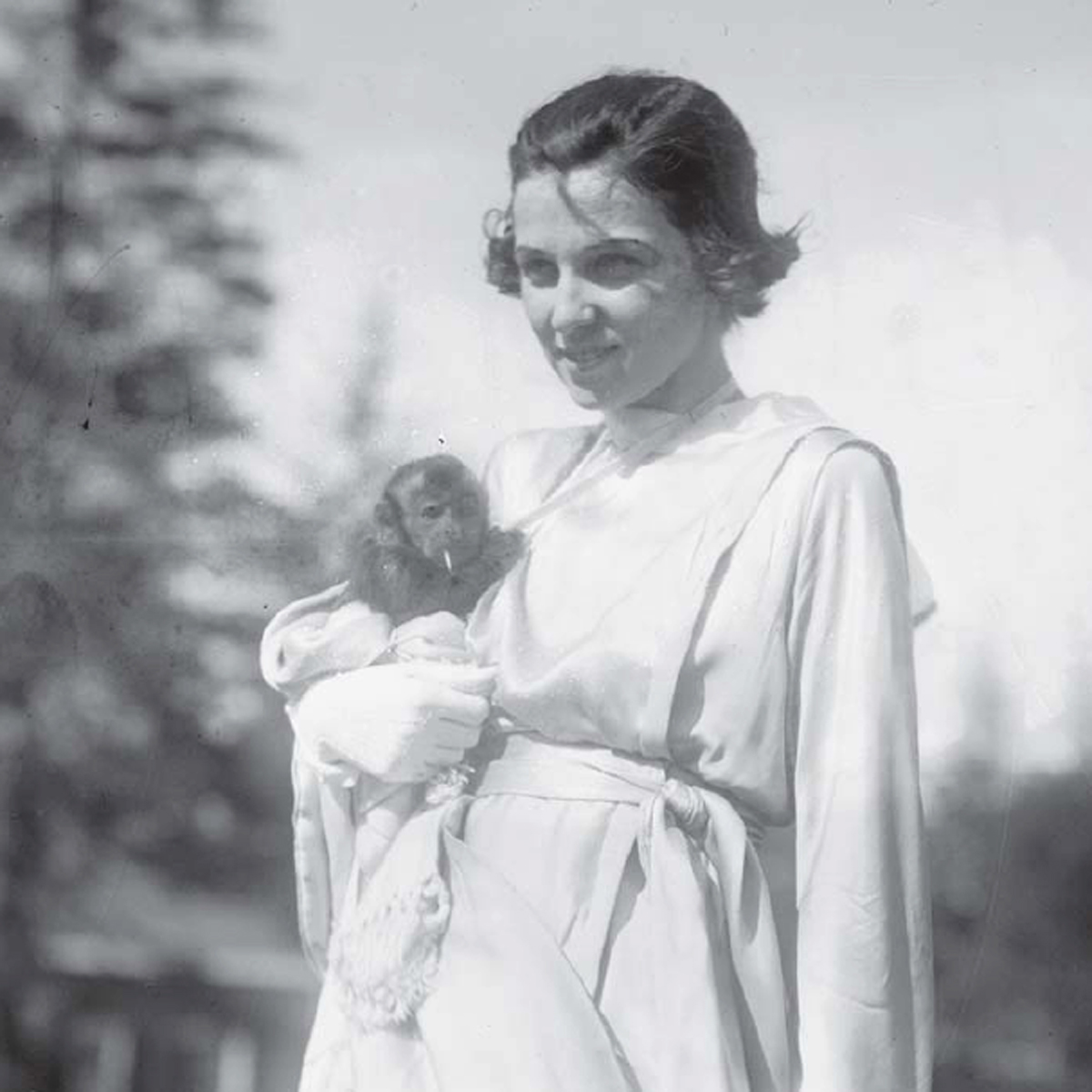
Madame C. J. Walker, Entrepreneur
circa 1914
Daughter of an impoverished sharecropper, Walker became the very first self-made woman millionaire anywhere in the world after she devised a system for the treatment and conditioning of black hair. Hot combs were already on sale in department stores, as were products targeted at black women before Sarah Breedlove (who later became Madam Walker) started work in the very first years of the last century for Annie Malone, whose Poro brand was already successful with African-American women. As Madame Walker she later developed and marketed her very own products, which involved the conditioning of the hair through the use of preparations she had created. The Walker System that became so spectacularly successful involved these products deployed in conjunction with a hot comb; in the 1920s, the African-American cabaret star Josephine Baker would praise the Walker System. The entrepreneur set up factories and laboratories, trained Walker Agents who sold and explained her system door-to-door and created a thriving mail-order business.
The philanthropic Madame Walker was also determined that other African-Americans might profit from her own success story and made a considerable number of bequests and endowments, while providing substantial financial help for the newly founded National Association for the Advancement of Coloured People. Her company also successfully patented permanent wave equipment to make wavy hairstyles last longer.

